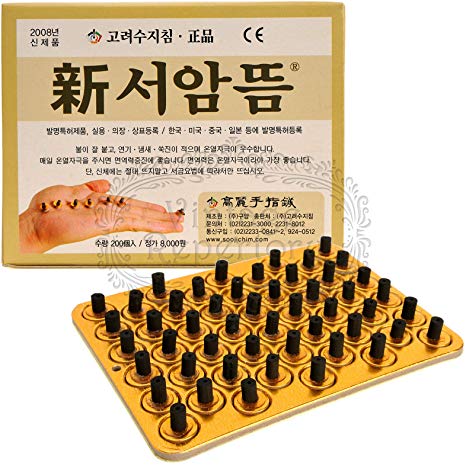What is it?
Moxa or Moxibustion is a kind of external heat therapy treatment based in the theory of Traditional Chinese Medicine (TCM). Moxa is the herb mugwort, or commonly known in China as Aie-ya. Therapeutically, moxa is used to treat and prevent disease by burning moxa on specific areas and acupuncture points on the body which enhances the healing action of that specific acupuncture point. It can be burned without a flame with the thermal stimulation affecting both shallow and deep tissues of the skin.
It is easy to ignite and combusts relatively slow and when placed on the body the heat can penetrate deep into the affected location without damaging the skin. It can warm the meridians, invigorate the flow of qi (energy) and blood, strengthen the body’s resistance to disease and eliminates stagnation (pain) from the body.
Moxa use in reproductive medicine
Moxa has a variety of uses from pain, to digestive issues, immunity support and reproductive issues to name a few. In the context of reproductive medicine, moxibustion treats dysmenorrhea or painful periods with intense and crampy nature, endometriosis, urinary incontinence and to warm the uterus. In TCM terms this provides Yang, or warmth that deeply radiates and penetrates the layers of tissue, lipid and muscle via stimulating the blood flow to the pelvic area and uterus. Moxa is used to nourish (replenish), to activate blood (vasodilation) thereby dissolving stasis (pain relief) and relieving depletion (weakness or fatigue) which are common practices for moxa use in reproductive TCM medicine.
Moxa can decrease the pain threshold with patients that experience chronic pain. Studies have shown that Moxibustion can lead to vasoconstriction at the burning point while vasodilatation around the point and increase peripheral arterial blood flow and microvascular permeability. Simply put, this is a method of healing and activation of the body’s own natural healing ability.
Moxibustion in combination with acupuncture for IVF
A recent study has shown that moxibustion in combination with acupuncture can help to support the receptivity of the uterine lining and outcomes of IVF. The study concluded that in IVF-ET treatment, acupuncture and moxibustion affect estrogen level on hCG day, improve high-quality embryo rate, endometrial blood flow state and morphology so that the endometrial receptivity is increased and the method is expected to be the assistant therapeutic approach for the improvement of IVF-ET outcome.
The study results show that moxa combined with acupuncture significantly improved blood flow to the uterine wall which in turn had positive effects and improved the quality of the uterine wall. This allowed for more successful implantation and successful pregnancy as the uterine environment was more receptive. The application of moxa should be a consideration for patients due to the positive effects that are now being studied in greater detail with results that TCM practitioners have been aware of for centuries.
Moxibustion for breech presentation
Moxibustion has been widely used as an application to assist and turn breach babies. A breech baby is in a position where the bum and or feet is at the bottom of the pelvis and the head up near the ribs. A combination of acupuncture and moxa is most successful if used between 32 – 36 weeks. This was a game-changer for me during my pregnancy, when I discovered my child was at breech presentation and that I would likely be scheduled to have a caesarian. I desired a natural childbirth and decided to try moxibustion. Moxibustion changes placental estrogens and prostaglandin levels, which results in increased fetal heart rate and active fetal movements. Moxibustion was applied to my feet at a specific acupuncture point with repeated visits to turn my baby. My baby did turn, and I was able to have a wonderful, natural childbirth! My fascination and deep appreciation for Moxa started at that point, 17 years ago.
In summary, moxa can be a powerful adjunct therapy for increasing your fertility potential and for benefiting your health. Frequency is determined by your practitioner in combination with your weekly acupuncture sessions.
If you have any questions or would like to discuss if this is a suitable treatment for you, please speak with your practitioner, or contact Yinstill.
With warmth,
Lara Tisseur
Registered Acupuncturist
References:
https://www.ncbi.nlm.nih.gov/pubmed/26054135
https://www.ncbi.nlm.nih.gov/pmc/articles/PMC3789413/
